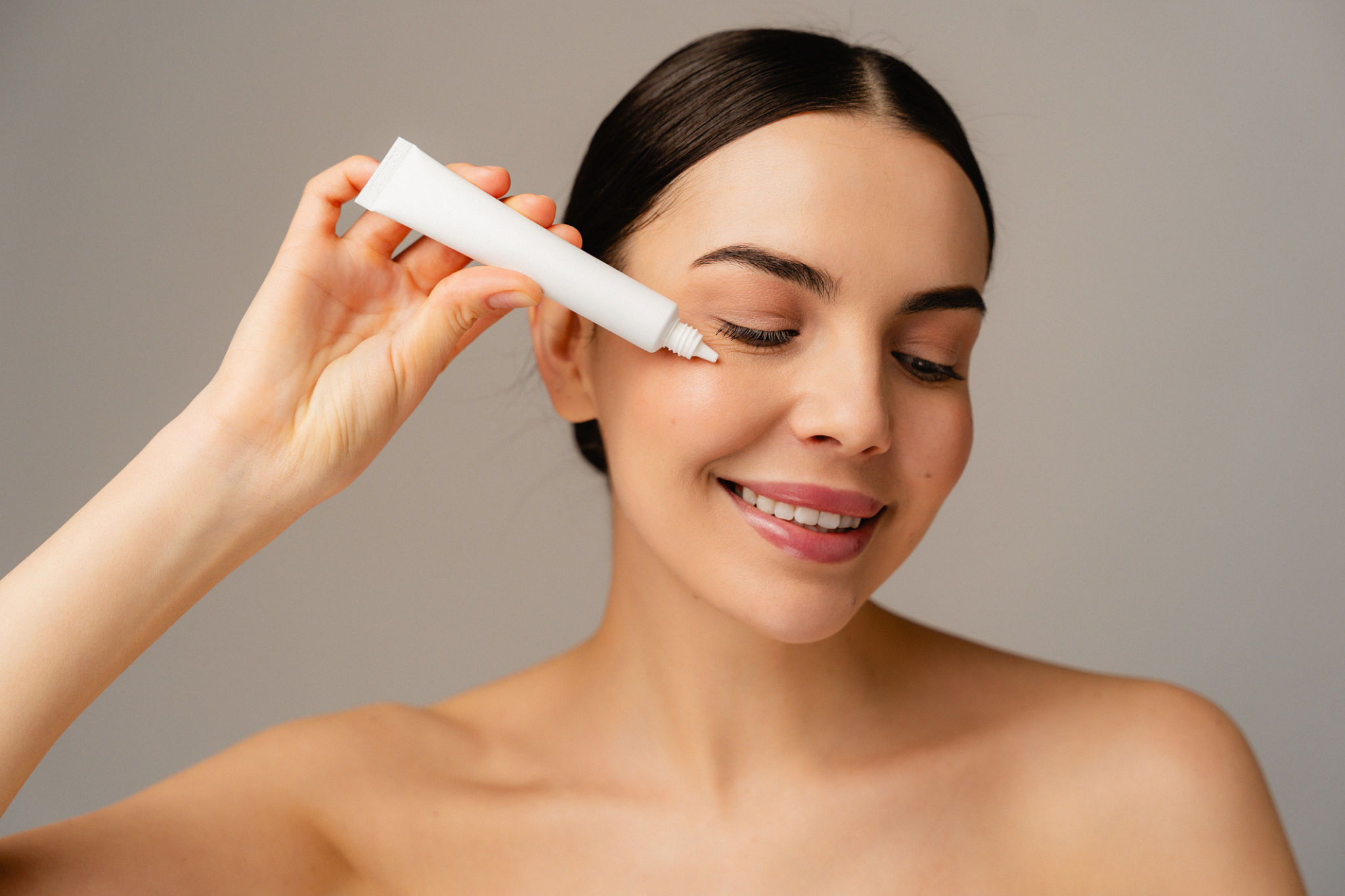10 Common Painting Myths Busted by Top Rated Canadian Painters
Understanding Painting Myths
Painting is often seen as a straightforward task, but many misconceptions surround this art and skill. Whether you're a DIY enthusiast or hiring professionals, knowing the truth can save you time and money. We've consulted top-rated Canadian painters to debunk some of the most common painting myths.

Myth 1: All Paints Are the Same
One of the most prevalent myths is that all paints are created equal. In reality, the quality and type of paint can vary significantly. Choosing the right paint involves considering the surface, the environment, and the desired finish. Professional painters emphasize the importance of selecting high-quality paint to ensure durability and a pristine look.
Myth 2: Priming Is Unnecessary
Another common misconception is that priming is an optional step. Skipping primer can lead to uneven surfaces and reduced paint longevity. Primer helps in sealing the surface and provides a better base for paint adhesion. Experts recommend priming as an essential step, especially when dealing with new drywall or drastic color changes.

DIY Painting Myths
Myth 3: DIY Painting Always Saves Money
While DIY painting can be cost-effective, it often requires a significant investment in tools and time. Without the necessary skills, mistakes can lead to costly fixes. Hiring professional painters may seem more expensive upfront but can save you money in the long run by avoiding errors and ensuring a high-quality finish.
Myth 4: One Coat Is Enough
Many believe that a single coat of paint will suffice. However, achieving a uniform and vibrant finish often requires multiple coats. The number of coats needed depends on factors like color contrast and paint quality. Professionals suggest applying at least two coats for optimal coverage.

Misconceptions About Paint Durability
Myth 5: Paint Is Weatherproof
Some assume that paint alone can protect surfaces from harsh weather conditions. While exterior paints are formulated to withstand elements better than interior paints, they are not entirely weatherproof. Proper surface preparation and regular maintenance are crucial for longevity.
Myth 6: Dark Colors Fade Faster
There's a common belief that dark colors fade quicker than light ones. While dark shades can show fading more prominently, modern paint technology has improved fade resistance across all colors. Selecting high-quality, UV-resistant paint can help maintain color vibrancy.

Interior Painting Myths
Myth 7: You Can Paint Over Wallpaper
Painting over wallpaper might seem like a time-saver, but it's not advisable. The paint may not adhere properly, leading to peeling or bubbling. Removing wallpaper and preparing the wall is essential for a smooth, long-lasting finish.
Myth 8: Ceiling Paint Is Just Wall Paint
Ceiling paint is specially formulated to minimize drips and splatters due to its unique application angle. Using regular wall paint on ceilings can lead to an uneven finish and more cleanup work.

Final Thoughts on Painting Myths
Myth 9: Any Brush or Roller Will Do
The tools you use can significantly impact the outcome of your painting project. High-quality brushes and rollers are designed to apply paint more evenly and efficiently. Investing in good tools is just as important as investing in quality paint.
Myth 10: Paint Can Fix Any Surface Imperfection
While paint can enhance a room's appearance, it cannot fix issues like cracks or structural damage. Proper wall repair and preparation are crucial steps before painting to ensure a flawless finish.
Busting these myths with insights from experts can enhance your painting projects, whether you're taking on a DIY venture or hiring professionals. Understanding the nuances of painting can lead to better decisions and more satisfying results.
